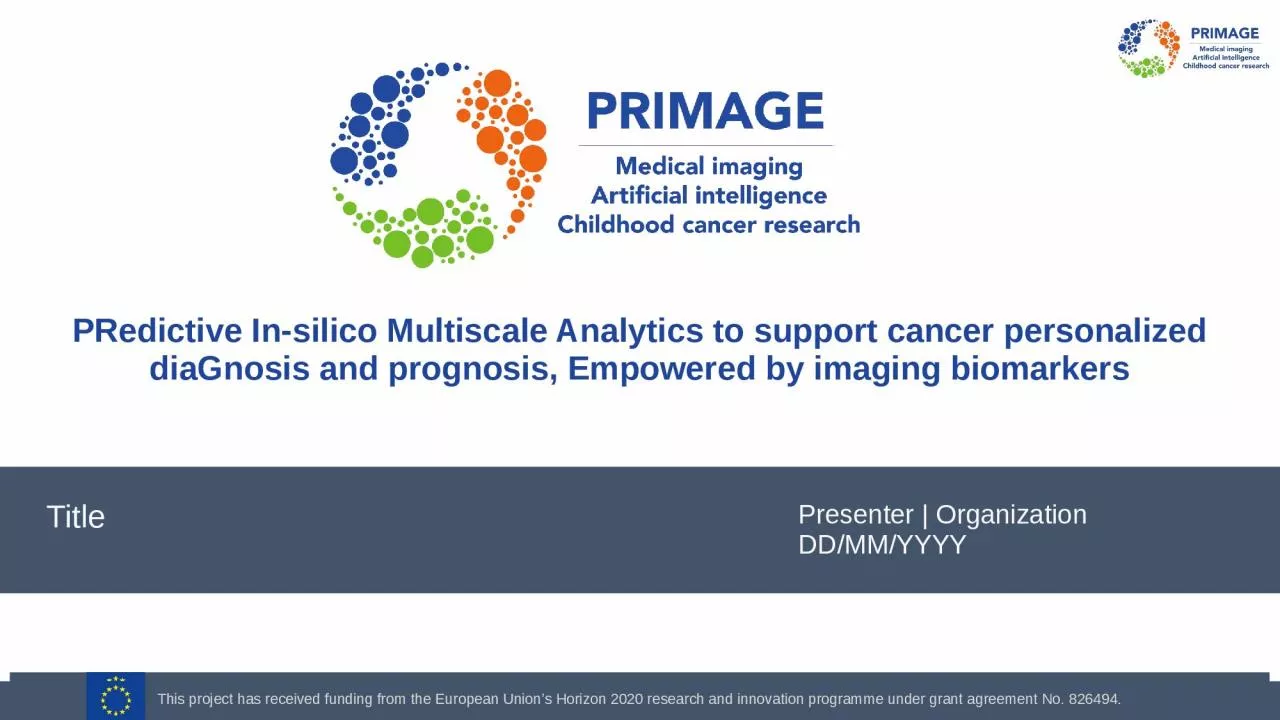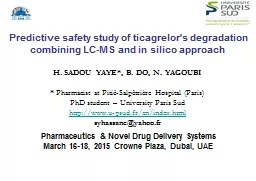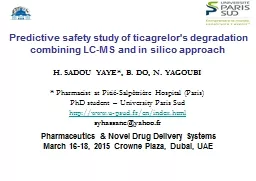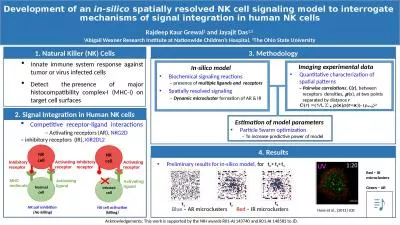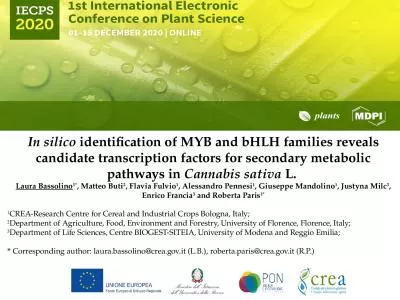PPT-PRedictive In- silico
Author : tremblay | Published Date : 2022-06-11
Multiscale Analytics to support cancer personalized diaGnosis and prognosis Empowered by imaging biomarkers This project has received funding from the
Presentation Embed Code
Download Presentation
Download Presentation The PPT/PDF document "PRedictive In- silico" is the property of its rightful owner. Permission is granted to download and print the materials on this website for personal, non-commercial use only, and to display it on your personal computer provided you do not modify the materials and that you retain all copyright notices contained in the materials. By downloading content from our website, you accept the terms of this agreement.
PRedictive In- silico: Transcript
Download Rules Of Document
"PRedictive In- silico"The content belongs to its owner. You may download and print it for personal use, without modification, and keep all copyright notices. By downloading, you agree to these terms.
Related Documents

